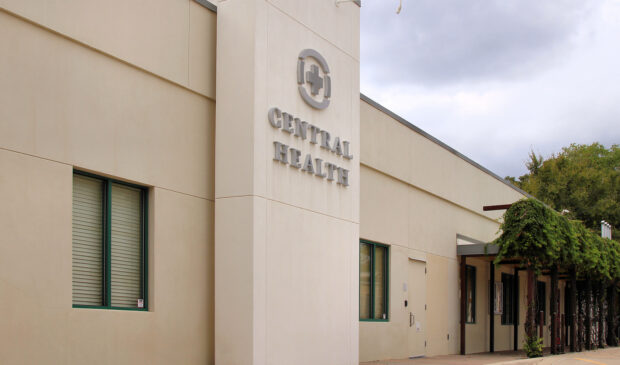Central Health demographic report finds ‘no escape’ from regional cost-of-living crisis
Monday, April 3, 2023 by
Nina Hernandez Austin’s cost-of-living crisis has spread into a regional issue impacting Travis and surrounding counties, according to Central Health’s 2022 Demographic Report.
The report, key findings of which Central Health staff discussed in a community conservation last week, found that Austin remains a key access point for health care, affordable housing, public transportation, and social services while areas outside of the city limits that were once affordable are no longer.
“There’s no longer an escape, really, regionally from this expensive burden of cost of living and housing,” said JP Eichmiller, Central Health’s senior director of strategy and information design. “You can’t go to Williamson County, or Bastrop, or Hays to escape it.”
Central Health uses the report to guide its Health Care Equity Plan. Due to the pandemic, the last study was released in the fall of 2020. The report looks at the prevalence of nine chronic conditions among Central Health’s patient populations. These conditions were chosen because they are some of the most common and also preventable health conditions in Travis County.
Although much has been made of low-income families being forced out of Austin, the report shows that families in poverty are becoming more concentrated near the Interstate 35 corridor. About 70 percent of Travis County’s low-income families live within a couple of miles of I-35.
Living in the city doesn’t necessarily mean access to health care, however. The report found that access continues to be a major barrier for residents, and that living in proximity to services doesn’t help those residents access them.
“We have similar rates of people going into clinics and hospitals from our patients who live 10 miles away from a clinic as we do from our patients who live a mile away,” Eichmiller said.
This is the first time the report has included data on the unhoused population. About 10,000 enrollees, or 8 percent, in Central Health’s Medical Access Program or MAP Basic identify as being homeless. The report found that disease prevalence rates for the unhoused population are 1.5 to 2 times higher than the housed population.
And Central Health patients in general already have a high rate of disease. Forty percent of patients overall had at least one chronic condition. The average Central Health patient has 2.5 chronic conditions.
“To put this in perspective, there are some national estimates that about 17 percent of the adult population experiences a chronic condition,” Eichmiller said.
In terms of health equity, the report found that the issue is more severe in some areas, particularly East Central Austin, and among Black patients. Race and ethnicity played a more significant role in the likelihood a person would experience disease than where that person lives.
The report includes a regional environmental scan that found the median income for a four-member household is approximately $110,000. That’s nearly four times the federal poverty level.
“That means, if you’re one of our MAP patients, you’re about earning 25 percent of the median income within the region,” Eichmiller said.
Photo by Larry D. Moore, CC BY-SA 4.0.
The Austin Monitor’s work is made possible by donations from the community. Though our reporting covers donors from time to time, we are careful to keep business and editorial efforts separate while maintaining transparency. A complete list of donors is available here, and our code of ethics is explained here.
You're a community leader
And we’re honored you look to us for serious, in-depth news. You know a strong community needs local and dedicated watchdog reporting. We’re here for you and that won’t change. Now will you take the powerful next step and support our nonprofit news organization?









